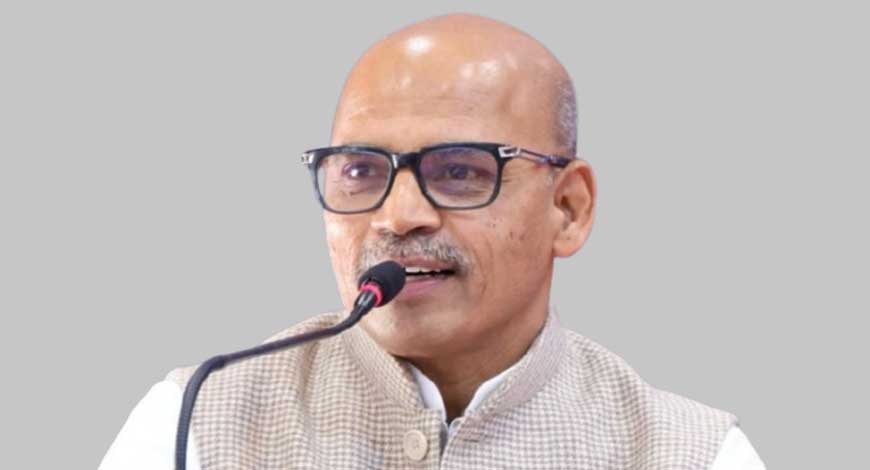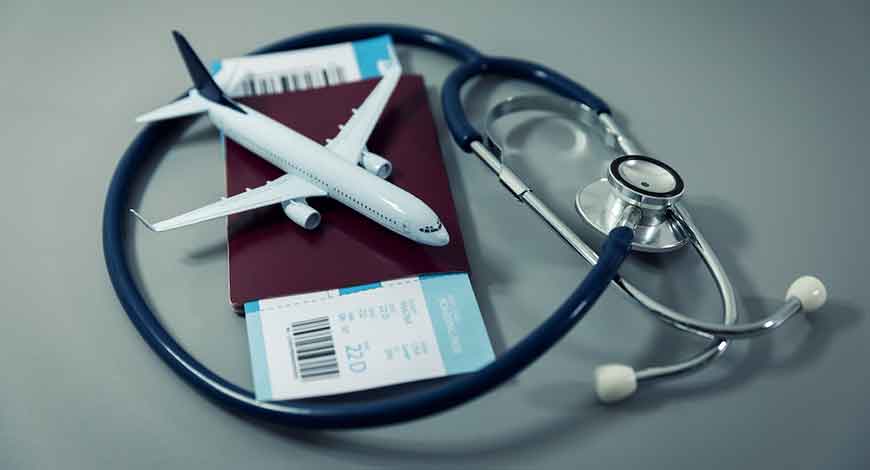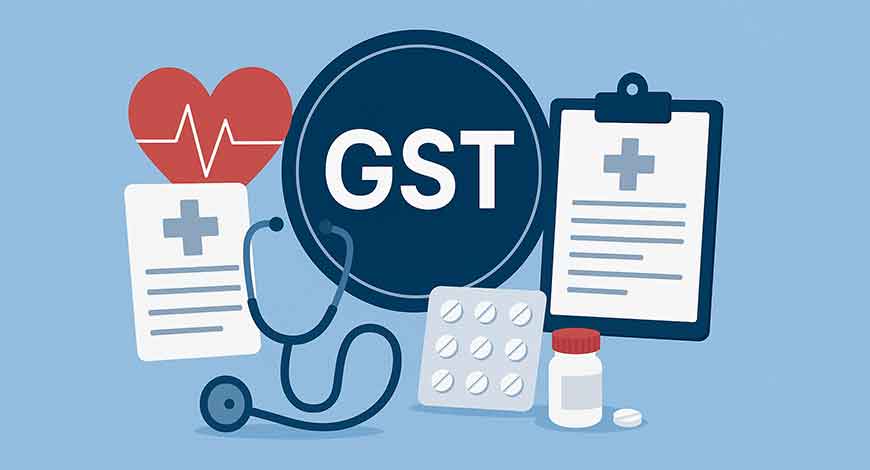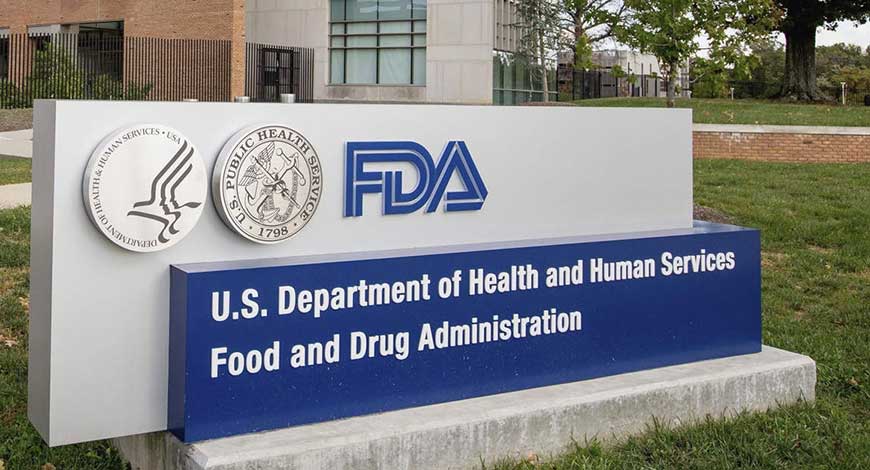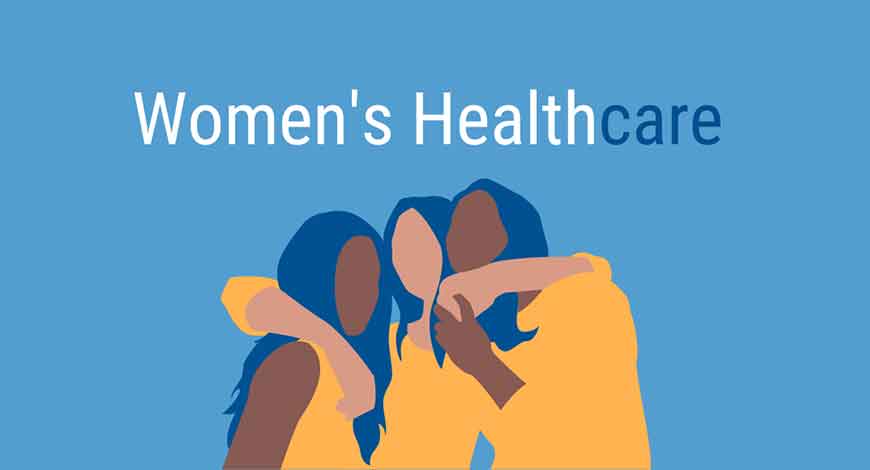The women healthcare market has gained significant attention in recent years as policymakers, healthcare providers, and pharmaceutical companies focus on addressing women’s unique medical needs.
From reproductive and maternal health to oncology and chronic disease management, the market has expanded with specialized solutions and innovations. Rising awareness, improved access to care, and technological advancements are propelling the industry forward.
As per Market Research Future Analysis, the Women Healthcare Market was valued at 33.6 USD Billion in 2023 and is projected to grow to 55.89 USD Billion by 2035, with a CAGR of 3.98% from 2025 to 2035.
Growing women healthcare market size
The women healthcare market Size has been increasing steadily, driven by demographic factors, rising life expectancy, and higher prevalence of conditions specific to women. Demand for services and products related to gynecology, fertility, menopause management, and osteoporosis continues to climb.
Governments and private players are investing in awareness campaigns and expanding healthcare infrastructure, further supporting growth. Analysts forecast that the Women Healthcare Market Size will witness strong double-digit growth through 2032, as both developed and emerging economies recognize the importance of gender-focused healthcare solutions.
Competitive dynamics and women healthcare market share
The Women Healthcare Market Share is held by a mix of global pharmaceutical companies, medical device manufacturers, and specialized healthcare providers. Leading players such as Bayer AG, Merck & Co., Ferring Pharmaceuticals, and Allergan have maintained strong positions due to their diverse product portfolios in contraception, fertility, and hormone therapy.
At the same time, biotech startups and regional firms are entering the market with innovative therapies and cost-effective solutions. The shifting Women Healthcare Market Share also reflects the growing role of digital health companies, offering telemedicine and mobile apps tailored to women’s needs, including period tracking, fertility monitoring, and pregnancy care.
Comprehensive women healthcare market analysis
A detailed Women Healthcare Market Analysis shows that multiple factors are influencing the sector’s growth. On the demand side, rising awareness of preventive care and growing access to diagnostics are driving more women to seek medical assistance.
Increasing prevalence of lifestyle-related conditions such as obesity, hypertension, and breast cancer is also fueling demand for advanced therapies. On the supply side, companies are innovating with minimally invasive surgical devices, personalized medicine, and digital health platforms to meet patient expectations. However, challenges such as affordability gaps, unequal access to healthcare in rural regions, and cultural barriers in certain geographies remain obstacles, as highlighted in the Women Healthcare Market Analysis.
Emerging women healthcare market trends
Several Women Healthcare Market Trends are reshaping the sector. Fertility treatments and assisted reproductive technologies are gaining popularity, particularly as more women choose to delay childbearing. Hormone replacement therapy is evolving with safer, personalized formulations.
Another notable trend is the growth of femtech-technology-driven healthcare solutions for women, including wearables, mobile apps, and remote monitoring devices. Preventive health programs focusing on breast and cervical cancer screenings are also on the rise, improving early detection and treatment outcomes.
Additionally, growing emphasis on mental health and wellness, particularly around postpartum depression and menopause, is becoming a key component of emerging Women Healthcare Market Trends.
Regional insights
North America and Europe currently dominate the Women Healthcare Market, supported by high healthcare spending, advanced medical infrastructure, and active awareness campaigns. In these regions, fertility treatments, gynecological surgeries, and breast cancer therapies are in high demand. Asia-Pacific is the fastest-growing region, driven by large populations, government-led maternal health programs, and increasing investments in women’s wellness products. Africa and Latin America also represent untapped opportunities, where maternal health initiatives and reproductive healthcare improvements are gradually expanding market access.
Opportunities and challenges
The Women Healthcare Market offers multiple growth opportunities. Rising investments in research and development, growing acceptance of femtech, and strategic collaborations between global players and local healthcare providers create a fertile environment for expansion.
Additionally, the increasing focus on personalized medicine and digital health opens new possibilities for targeted solutions. However, challenges such as regulatory hurdles, disparities in healthcare access, and high treatment costs in low-income regions may slow down growth. Bridging these gaps will require sustained efforts from governments, NGOs, and industry stakeholders.
The Women Healthcare Market is evolving rapidly, supported by demographic shifts, rising awareness, and continuous medical innovations. With the Women Healthcare Market Size expanding year after year, competitive dynamics shaping the Women Healthcare Market Share, detailed insights from Women Healthcare Market Analysis, and transformative Women Healthcare Market Trends driving innovation, the sector is positioned for long-term growth.
As women’s health moves to the forefront of global healthcare priorities, the industry will play a critical role in improving outcomes, empowering women, and advancing equitable healthcare worldwide. Market Research Future


